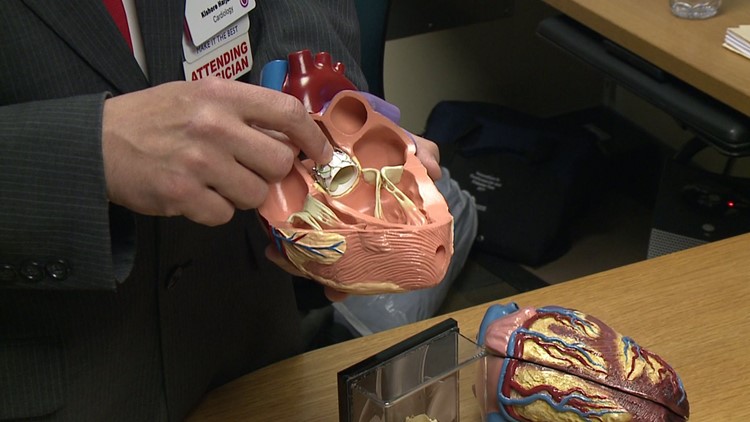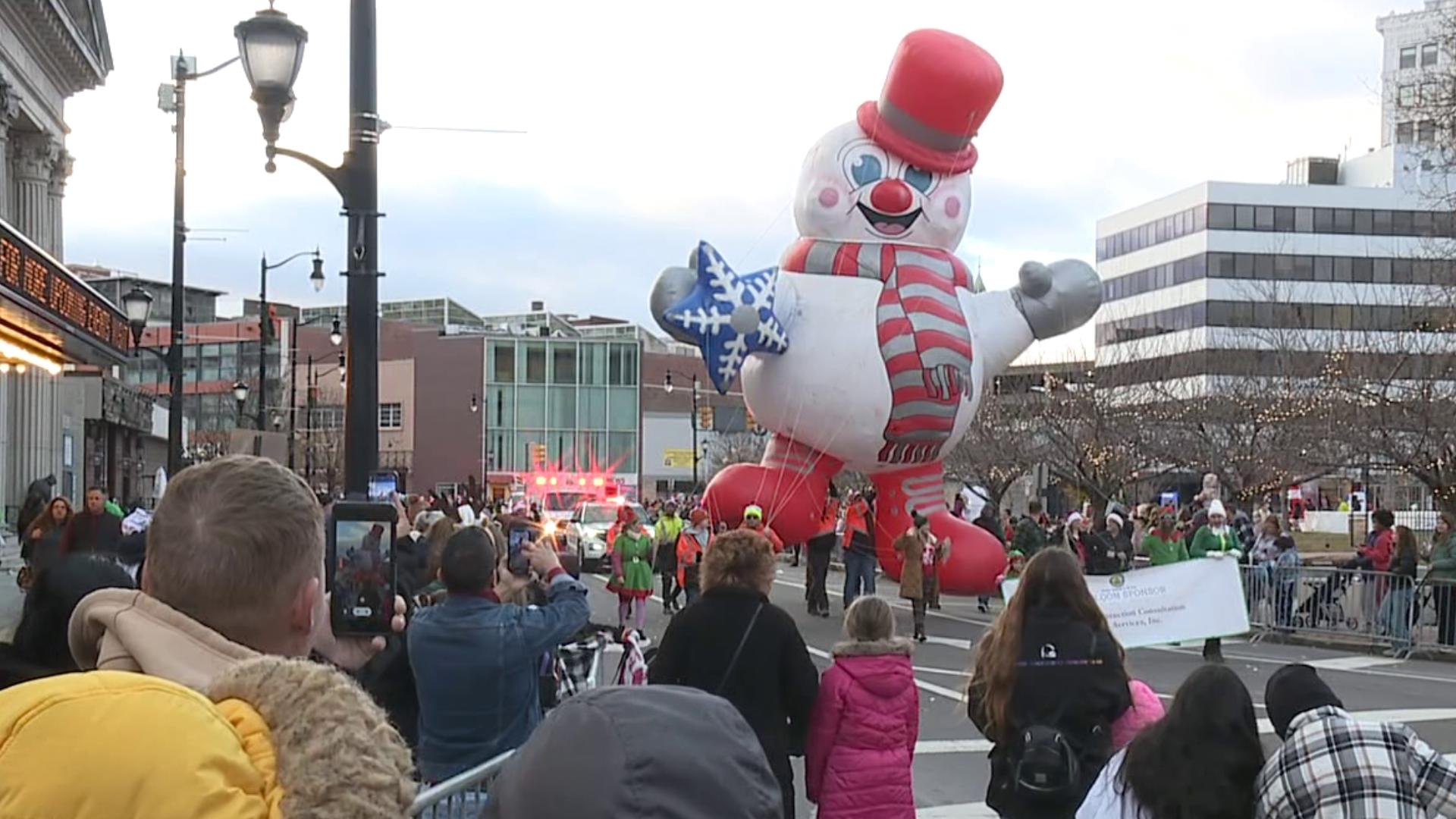A Luzerne County man who wouldn't have been a candidate for heart surgery got the help he needed using a fairly new procedure.
It's a way to repair a heart valve, before too much damage is done, without traditional surgery.
Dan Russ, 90, of Dallas, has some stories to tell. He's a World War II veteran, wounded in Iwo Jima when he was just a teenager. He also worked for more than 30 years in law enforcement for the federal government.
But it's his heart he's talking about today.
"Finally I went in for this so-called operation they want to do on me. So I'm here!" Russ said. "I didn't even know they did it."
Russ had aortic stenosis, a type of heart disease in which the opening of the aortic valve is narrowed, which puts a lot of strain on the heart.
"The clinical implications are the patient goes into progressive heart failure. Essentially that manifests by symptoms of shortness of breath, chest pain, fatigue, slowing down. Eventually it will lead to hospitalization for heart failure," explained Dr. Kishore Harjai, the director of structural heart intervention at Geisinger Wyoming Valley.
He says Dan needed an aortic valve replacement, but traditional surgery was too high-risk. Instead, Dr. Harjai used a method called a transcatheter aortic valve replacement, or TAVR.
"TAVR is indicated for those patients who are at high risk for surgical valve replacement or are deemed inoperable because they have co-morbidities, or conditions, that make surgery high risk."
Using a tiny incision in the groin, Dr. Harjai fed the valve through Dan Russ' femoral artery and into his heart. Dr. Harjai says doing it this way is less invasive and means faster recovery time than traditional surgery, and it means more patients, like Dan Russ, can be candidates.
"It's particularly gratifying when we can take someone like Dan and make him feel good."
The TAVR procedure was approved by the FDA in 2011, but Dr. Harjai says it's fairly new to the area. He calls the success rate phenomenal and expects to see more of it in the future.



